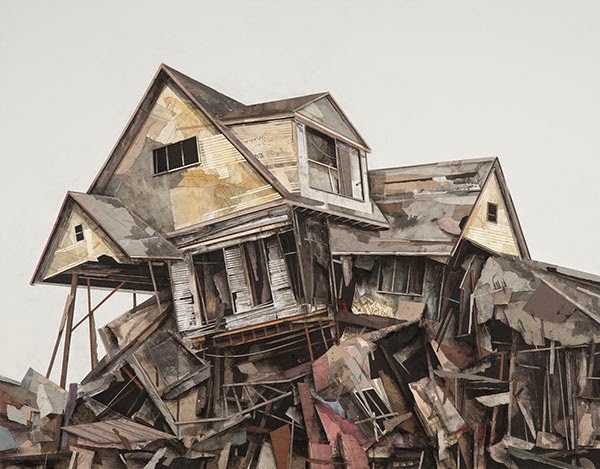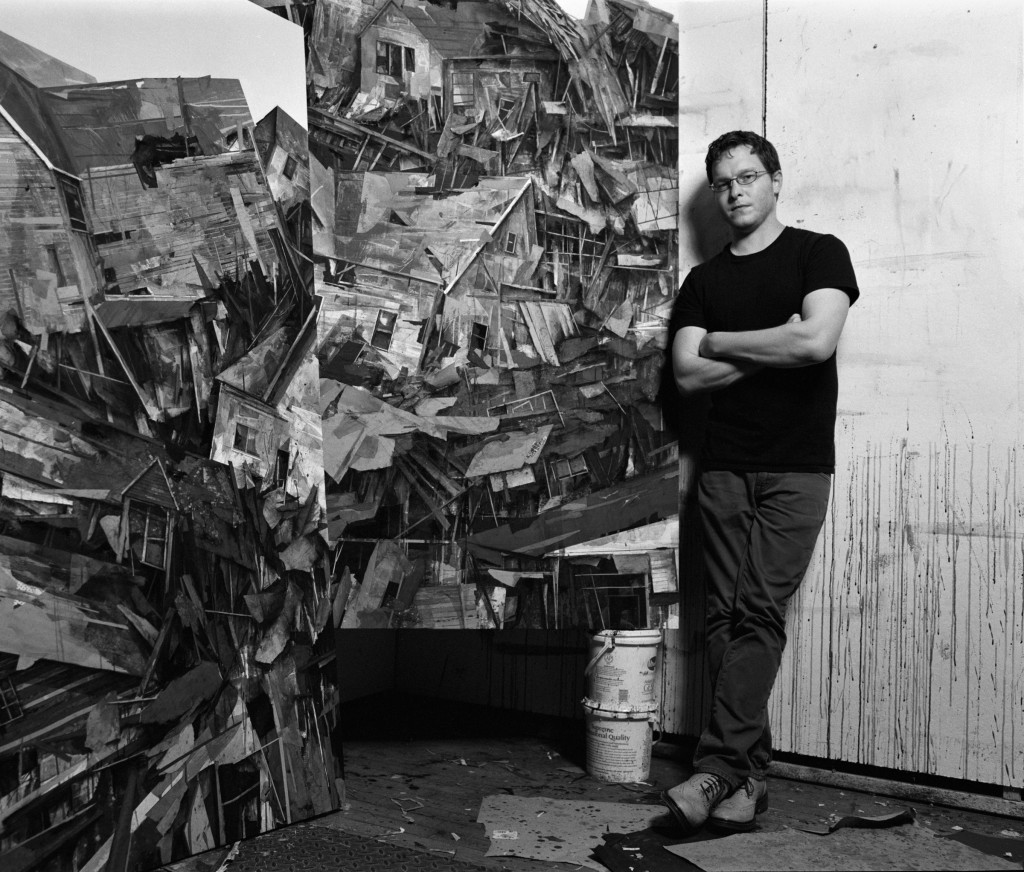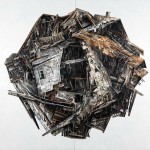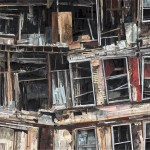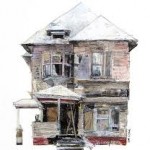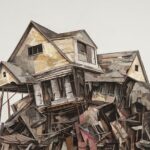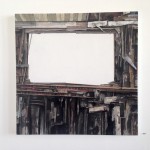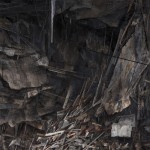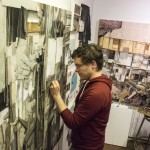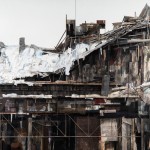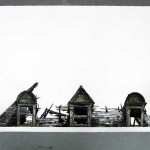Seth Clark Artist and Destroyer of Worlds Interview
I have a dirty little secret to share with all of you today. It will come as a blow to many of you. But, if you would just sit down for a moment, we’ll all be better off for it at the end of the day. Breathing? Good. So, the truth of the matter is that maintain this space simply so I have a half decent cover in which to talk to some really really cool people. Over the last month or two I’ve had the chance to talk with Mike Hollingshead about his astonishing photography, Péter Vacz about his film ‘Rabbit and Deer’, Zi Ye about his upcoming game entitled Parallax, Danny Madden and his short film entitled Confusion Through Sand, just so many amazing conversations. And each one is so amazingly inspiring for so many different reasons.
Well, with that little confession session off my chest, today I am lucky enough to chat with Seth Clark who is the gentleman who has created these amazing works of decay that I am absolutely in love with. Here is what Seth does in his own words from his Facebook page.
Pittsburgh, Pennsylvania-based artist Seth Clark(facebook) – “My work focuses on deteriorating architecture. I see an inherent honesty in the face of my subject. These man-made structures, designed to be huge forces of permanence, are now collapsing in on themselves. Among all of the clutter—the shards of wood and layers of rubble—there remains a gentle resolve. It is as if the buildings were content with their circumstance. As I work, I study these structures incessantly. They are on the brink of ruin, yet appear dignified in their state. Something very energized and present is trying to escape out of a slow history of abandonment.”
INTERVIEW WITH SETH CLARK –
TH – I saw that you alluded to your having a day job as a designer – is that true? Seems fitting that a collector of detritus would also be a creator of future decay! What sorts of things do you design? What type of design work do you do?
SC – I use to do a ton of freelance design work, everything from logos, identities, album covers, posters, books, catalogs, etc. While I’m primarily working as a full time artist now, I still like to take on design projects that I find interesting. It is often helpful for me to take a step back from my personal work and solve a client’s problem.
TH – Do you consider your work Abstract Realism? Realistic Abstractism? Pseudo-Realism? I could swear I’ve seen each of your paintings before. Whether in the slums of Peru, or the city outskirts of Addis Ababa, or just the farms of Illinois. And yet I have never seen anything like it simultaneously. Each of your works is truly amazing in that familiar yet distant sort of a way.
SC – Thank you! I’ve never really thought about where the work falls… Usually I have something specific I’m trying to render, but I always struggle with allowing the collage process to shine through. If I allow the drawing on top of the collage to get too tight, I lose interest in the piece.
TH – This morning I tried to sit down and sketch a home falling apart. I wasn’t attempting to do what you do, it was more of an abandoned farmhouse type of a thing. Roof caving in. Steps munged. Yard infested with weeds. Garage door jammed half way. And I realized that in order to create disorganization, or disrepair (dis-anything really), it requires way way more work that just painting a pristine house. How do the details of your work come to you? Do you work from source material, photos, anything?
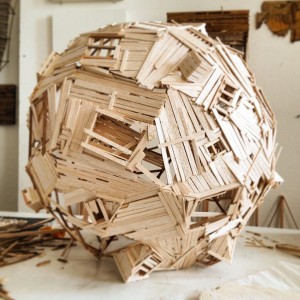
Right now I’m actually building some pristine sculptures out of thin pieces of wood and destroying them in various ways.
TH – As I look at the lines of your work, it seems like maybe you use rulers, or masking, or something to snap clean perfect lines… and yet other times nothing could be further from the truth. Do you freehand most of your work? Do you layer in newsprint, or other items for that amazing layered distress look?
SC – The crisp lines come from the collaged elements. Each piece of paper is placed down individually. I usually go back and forth between collage and ink-washes until the dimensional aspect of the artwork is activated. From there, I will draw in the details.
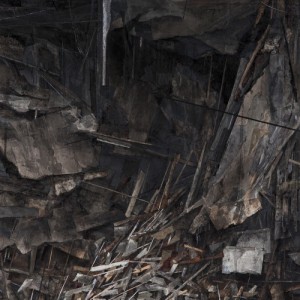
SC – I really love this piece too. I’d been looking at a lot of reference photos of caves and wanted to make a fully black image. It’s a small study for something I’d like to get back into at some point.
I don’t sell prints right now. I’m hoping to open an online store later this year with small works (and possibly prints) available for sale.
TH – Do you have a word of advice to all those closet artists out there that are busy with the tedium of ordinary lives?
SC – Stop apologizing for what you do. It takes a lot of courage and discipline to create something from nothing. Keep it up!

